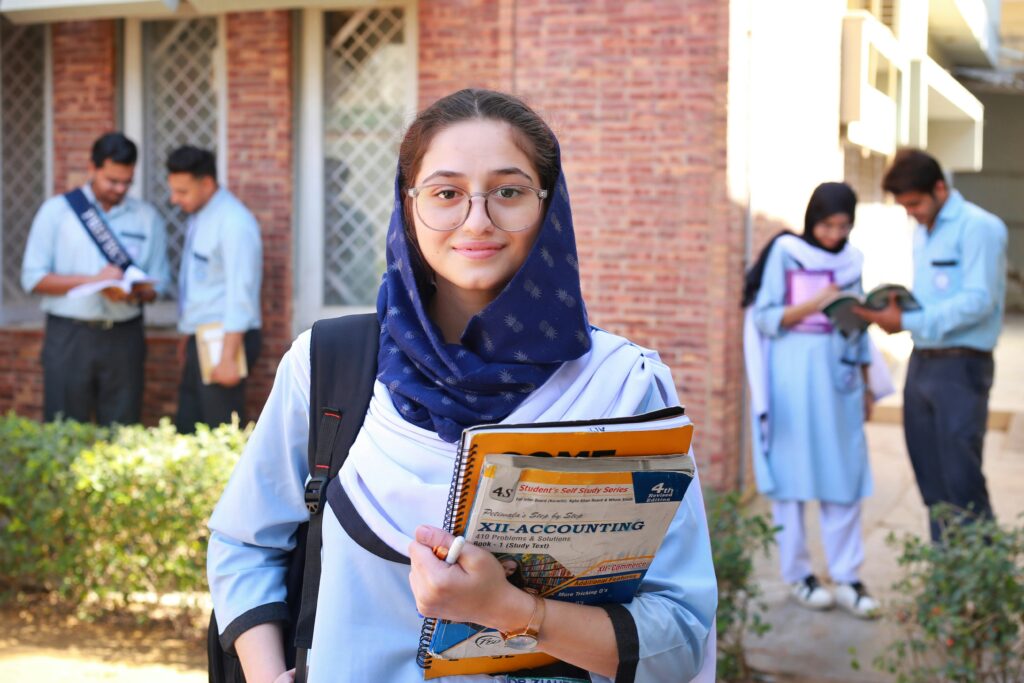Pakistan’s higher education system faces chronic funding gaps and quality challenges, necessitating innovative solutions. Federal funding has remained stagnant since 2018 at Rs 65 billion, decreasing in dollar terms due to currency depreciation. In contrast, India’s central government allocated approximately $5.6 billion to higher education in 2023-24, supporting world-class institutions like the Indian Institutes of Technology (IITs) and Indian Institutes of Management (IIMs). Therefore, adopting India’s approach and leveraging Public-Private Partnerships (PPPs) could help Pakistan establish comparable centers of excellence.
Lessons from India’s Higher Education System
India has shown strong commitment to higher education through substantial public investments. The government funds IITs and IIMs, ensuring high academic standards through merit-based hiring and international collaborations. Additionally, India’s PPP approach fosters innovation and industry-driven research. One key factor behind IITs and IIMs’ success is strong industry collaborations. Corporate-funded research parks, laboratories, and internships bridge the gap between academia and industry. Consequently, Pakistan can improve employability and research through structured PPP-driven partnerships. Furthermore, IITs and IIMs benefit from legal autonomy under specific legislative acts, enabling independent research and international collaborations. However, Pakistan’s universities face political interference, limiting efficiency. Thus, granting autonomy is crucial for quality institutions.
PPP Models for Higher Education in Pakistan
PPPs can help Pakistan address financial constraints and develop centers of excellence. Additionally, successful global models can be adapted to Pakistan’s conditions.
- Joint Funding Model India’s IIITs (Indian Institutes of Information Technology) follow a tripartite funding model. The central government (50%), state governments (35%), and industry partners (15%) share costs. Similarly, Pakistan could implement a model where the government provides land and regulatory support, while private investors contribute capital and expertise.
- Build-Operate-Transfer (BOT) Model In the BOT model, private entities finance, build, and operate campuses for a set period before transferring ownership to the government. For instance, IIM Udaipur successfully used this model for campus expansion. Pakistan can use BOT to develop university campuses, research centers, and student accommodations.
- International Branch Campuses Pakistan can collaborate with global universities to establish branch campuses through PPPs. For example, Qatar’s Education City hosts international universities via government-backed partnerships. By offering regulatory incentives, land, and shared funding, Pakistan can attract foreign institutions.
- Corporate-Sponsored Education Models Many global universities rely on corporate funding to sustain research and curriculum quality. IITs leverage industry partnerships with corporations like Google, Microsoft, and Tata. In the same way, Pakistan can encourage corporate sponsorships in engineering, business, and technology through structured PPP agreements.
Policy Changes Required for Effective PPPs
Pakistan’s PPP framework requires a dedicated higher education PPP policy to streamline approvals and maintain academic quality. For PPP-based universities to succeed, governance autonomy is essential, reducing political interference and enabling long-term planning, similar to IITs and IIMs. The government should offer tax breaks, research grants, and viability gap funding (VGF) to attract private investment while also providing matching funds for endowments and profit-sharing models to draw both commercial and philanthropic contributions.
Funding Mechanisms for PPP-Based Institutions
A blended funding approach that combines public funds, private capital, and international grants can sustain PPP universities. The government should provide land and regulatory facilitation, while private partners finance infrastructure and operations. Additionally, a tiered tuition structure can ensure financial sustainability, where higher-income students pay full fees, while scholarships support low-income students. Moreover, endowment funds, corporate sponsorships, and alumni contributions can further supplement financial aid. To attract ethical investors while ensuring financial stability, Pakistan can explore education bonds, Islamic sukuk, and impact investments.
Implementation Challenges and Solutions
Frequent policy changes and instability threaten long-term PPP projects. However, legal safeguards, independent oversight, and multi-party endorsements can ensure continuity. Cumbersome approval processes further deter private investors. Therefore, a dedicated PPP facilitation unit within the Higher Education Commission (HEC) can expedite approvals and provide technical assistance. Additionally, PPPs must balance quality with affordability. Government regulations should cap tuition fees, mandate scholarships, and ensure fair admissions. Moreover, quality assurance mechanisms must prevent profit-driven compromises.
Conclusion
Pakistan can develop world-class universities through strategic PPPs. By learning from India’s IIT and IIM models, the government must create an environment that encourages private sector participation while safeguarding public interests. Furthermore, a structured PPP framework, supported by strong policies and financial incentives, can transform higher education in Pakistan. Pilot projects can be initiated and gradually scaled up to establish research-driven centers of excellence, fostering economic growth and innovation.




